Contents
- Constitution Day
- Human Resource Management System (HRMS)
- Ayushman Bharat
- Finland
- SDG Investor Map for India
- Agricultural and Processed Food Products Export Development Authority (APEDA)
- National Agricultural Cooperative Marketing Federation of India Limited. (NAFED)
- Draft Merchant Shipping Bill, 2020
CONSTITUION DAY
Focus: GS 2;Indian Constitution—historical underpinnings, evolution, features, amendments, significant provisions and basic structure.
Why in News?
Address by the Hon’ble President of India Shri Ram Nath Kovind on the occasion of Inauguration of Constitution Day
About Constituion Day
- The Constitution Day also known as ‘Samvidhan Divas’, is celebrated in our country on 26th November every year to commemorate the adoption of the Constitution of India.
- On 26th November 1949, the Constituent Assembly of India adopted the Constitution of India, which came into effect from 26th January 1950.
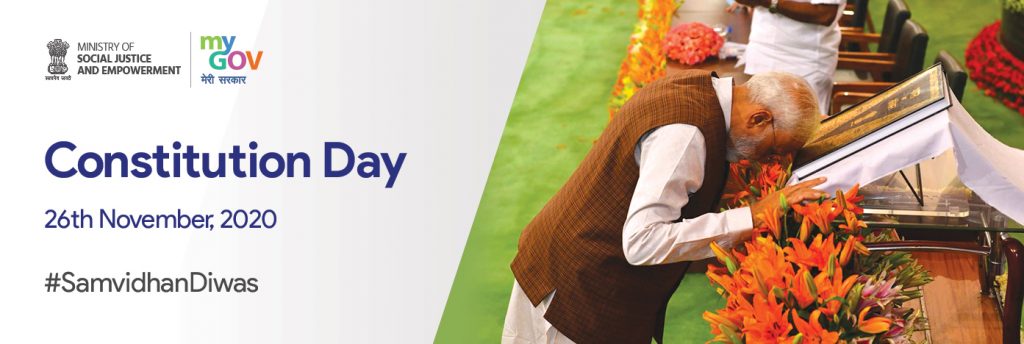
- The Ministry of Social Justice and Empowerment on 19th November 2015 notified the decision of Government of India to celebrate the 26th day of November every year as ‘Constitution Day’ to promote Constitution values among citizens.
- The 71st Constitution day is celebrated on the 26th Nov 2020 throughout the country.

- The Indian Constitution is the longest in the world, but that is not the only fascinating fact.

- Here are some interesting and lesser-known facts about the Constitution of India as below:
- The Constitution of India has borrowed some of its features from 10 other countries, including Britain, Ireland, Japan, USA, South Africa, Germany, Australia, and Canada, as shown in the below attached image.

- The Constituent Assembly of India was established in 1946. It met for 166 days spread over 2 years, 11 months and 18 days.
- Dr. Rajendra Prasad, the first President of India, was elected as the President of the Constituent Assembly and Dr. B. R. Ambedkar was the head of the drafting committee.
- Dr. B. R. Ambedkar is regarded as the Father of Indian Constitution.
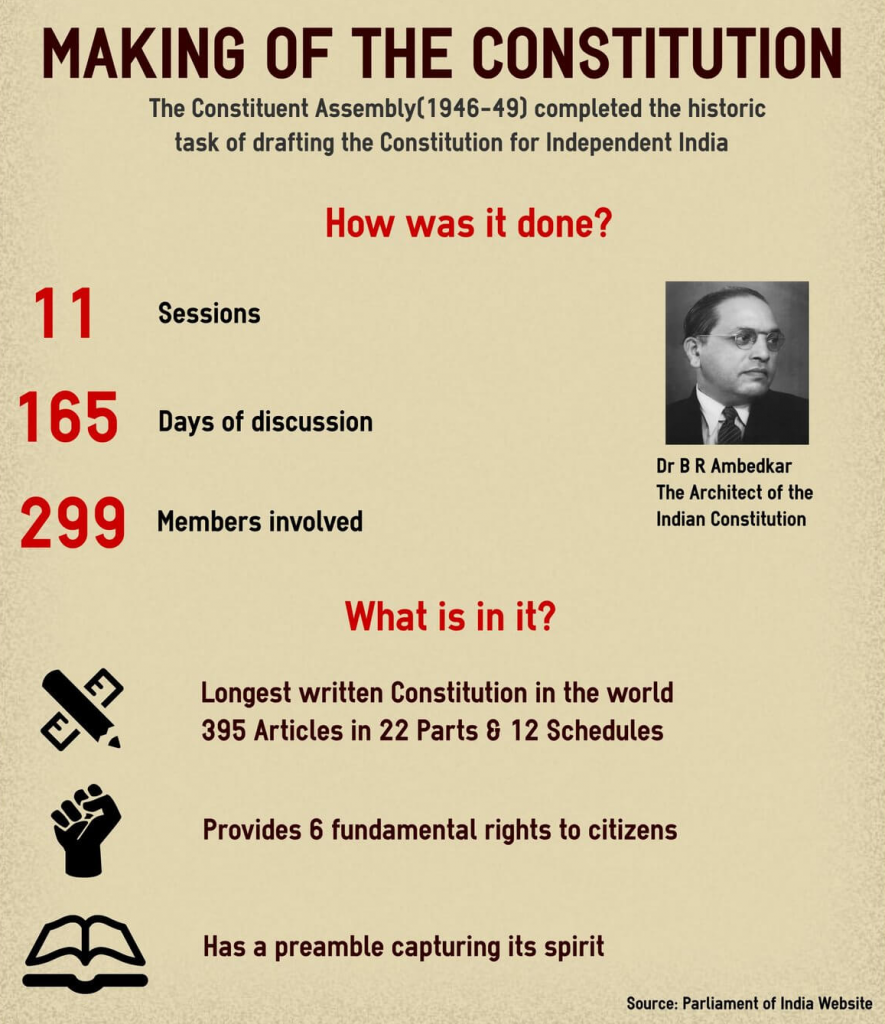
Above image shows the Originally the constitution contained 395 articles divided in 22 parts and 8 schedules. At present there are, 448 articles in 25 parts, 12 schedules. The numbering still remains the same but as and when the constitution is amended, new articles are added below original articles with suffix A, B, C etc.
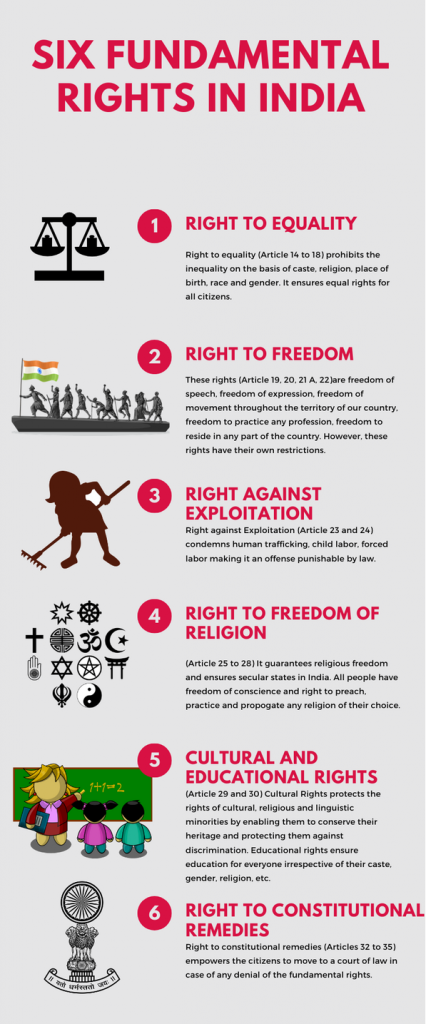
Above image attached shows the 6 Fundamental Rights.
- Indian Constitution is a hand-written document, it is one of the longest hand-written documents in the world, there are total of 1,17,369 words in the English version of the Constitution of India.
- The original constitution document was signed by 283 members of the parliament.
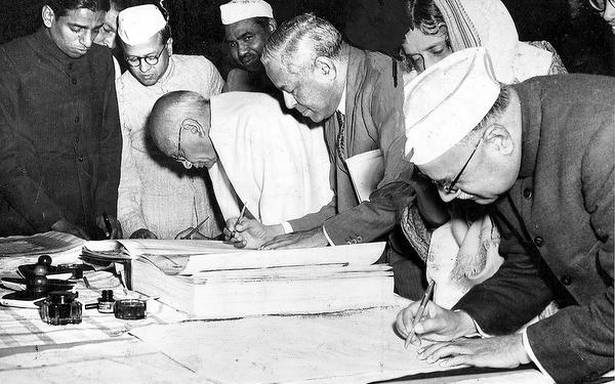
Above image of The Constitution of India being signed by Members of the Constituent Assembly in January 1950.
- The word “socialist” was added to the preamble of the Indian Constitution during emergency, by the 42nd amendment act of 1976.
- The original hand-written copies of the Constitution are preserved in helium-filled cases in the Library of Parliament House.
- The basic structure of the Indian Constitution stands on the Government of India Act, 1935.
- The preamble of the Indian Constitution has been amended only once so far on December 18 December 1976, during emergency.
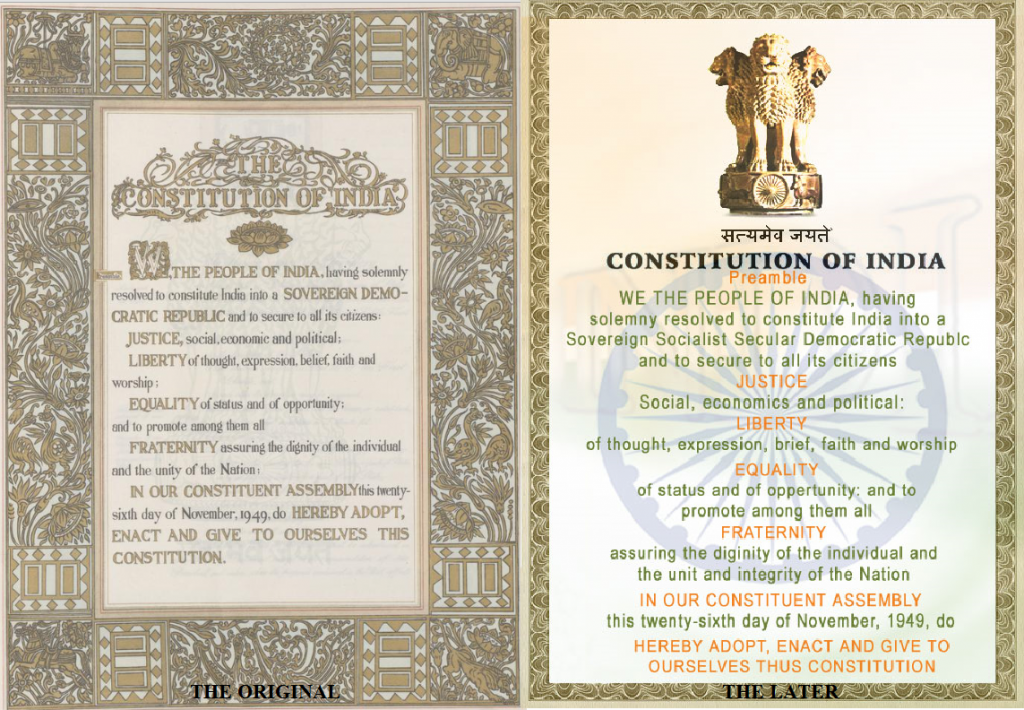
Above image shows the Original and After 42nd amendment the changes in PREAMBLE of Constituion of India.
Extra Info
- In the below image shown all the 12 Schedules of Indian Constituion.
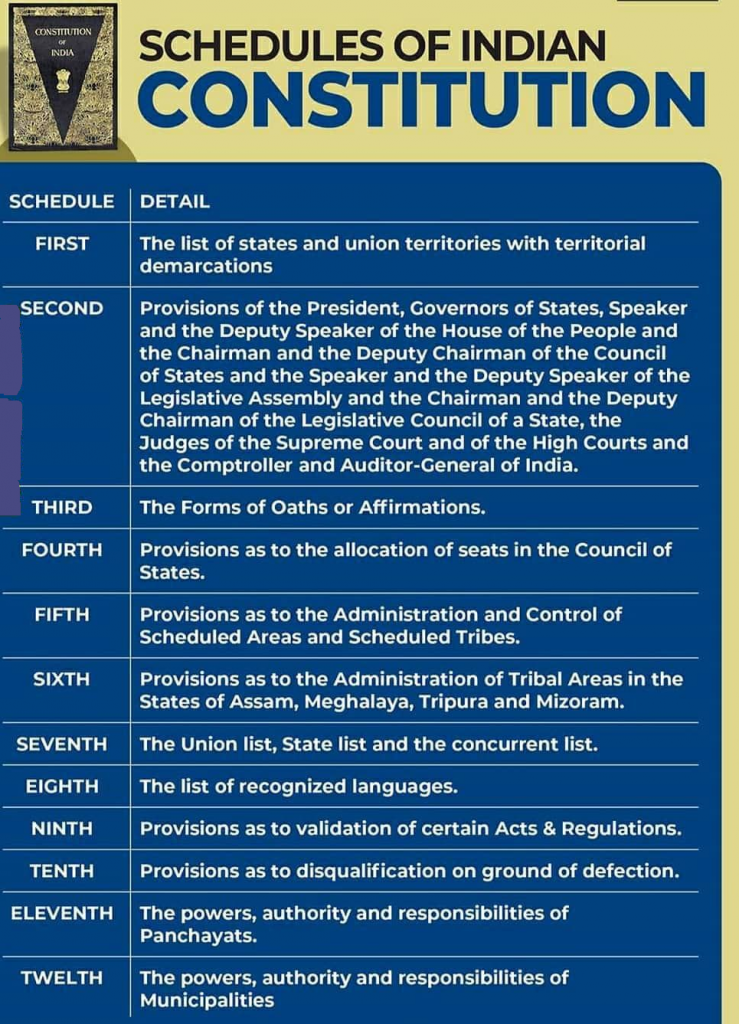
HUMAN RESOURCE MANAGEMENT SYSTEM (HRMS)
Focus: GS 3; Inclusive growth and issues arising from it.
Why in News?
Indian Railway launches digitized online Human Resource Management System (HRMS)
About Human Resource Management System (HRMS)
- The Human Resource Management System (HRMS) is a high thrust project for Indian Railways to leverage improved productivity & employee satisfaction.
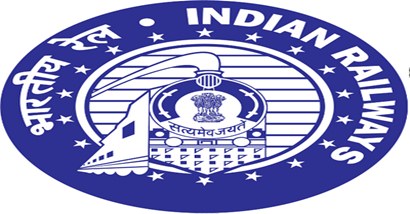
- It is a move to improve efficiency and productivity of Railway system and a step towards realizing the vision of Hon’ble Prime Minister to transform India into a digitally empowered society and knowledge economy.
- The HRMS is expected to create a big impact on the functioning of all the employees and will make them more tech savvy.
- The modules will benefit over 27 lakh families of both serving and retired Railway employees. Several other modules of HRMS are already operational in the Indian Railways.
- The HRMS will increase accountability and transparency in the working of Railways.
AYUSHMAN BHARAT
Focus: GS 2; Issues relating to development and management of Social Sector/Services relating to Health, Education, Human Resources.
Why in News?
Dr. Harsh Vardhan, Union Minister for Health and Family Welfare today visited National Health Authority (NHA) to conduct a high-level review of the implementation of the flagship health protection mission, Ayushman Bharat – Pradhan Mantri Jan Arogya Yojana(AB PM-JAY) and National Digital Health Mission (NDHM).
About Ayushman Bharat
- The Ayushman Bharat is National Health Protection Scheme, which will cover over 10 crore poor and vulnerable families (approximately 50 crore beneficiaries) providing coverage upto 5 lakh rupees per family per year for secondary and tertiary care hospitalization.
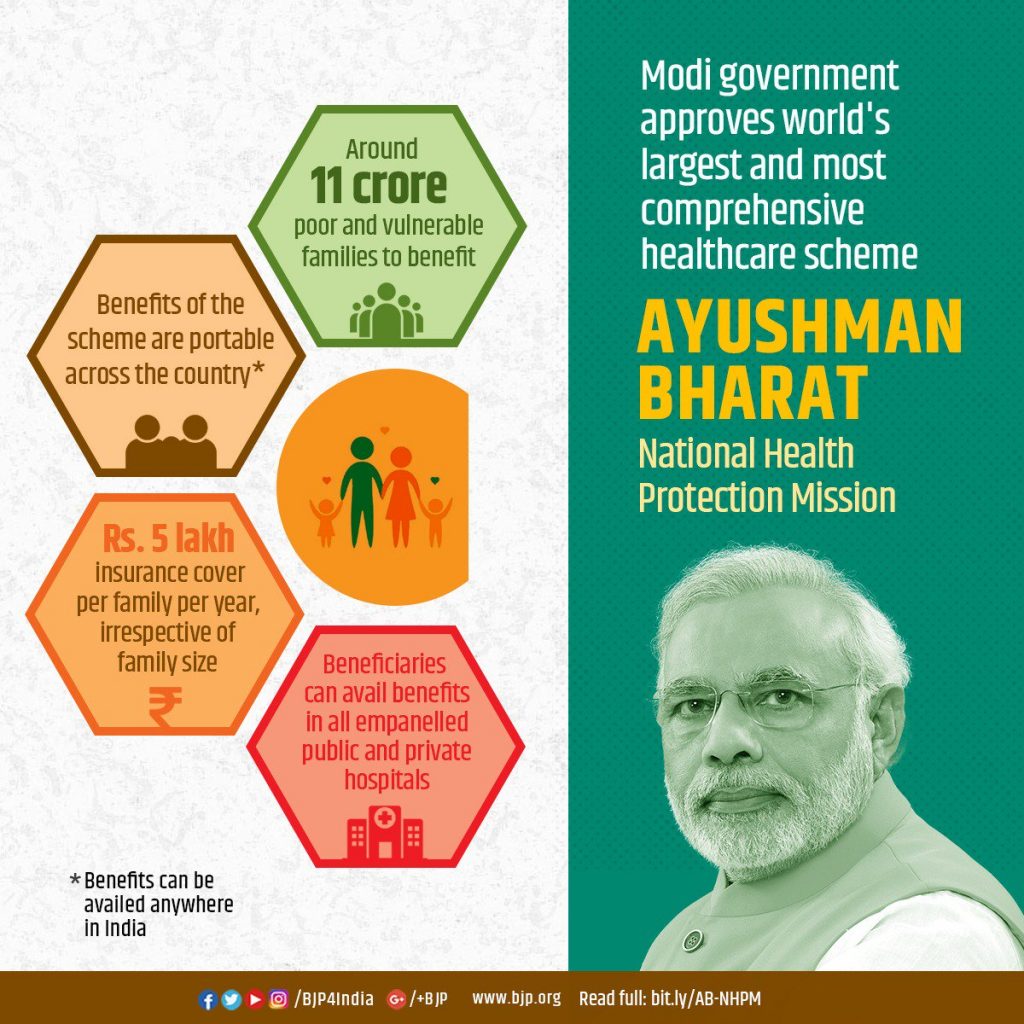
Above attached about Ayushman Bharat Scheme.
FINLAND
Focus: GS 2; Bilateral, regional and global groupings and agreements involving India and/or affecting India’s interests.
Why in News?
India and Finland sign MOU for developing cooperation in the field of environmental protection and biodiversity conservation.
Regarding MOU between India and Finland
- The MoU is a platform to further advance Indian and Finnish partnership and support, exchange best practices in areas like prevention of Air and water pollution, Waste management; Promotion of circular economy, low-carbon solutions and sustainable management of natural resources including forests, Climate change, Conservation of Marine and Coastal Resources etc.,

- The MoU was signed virtually by Shri Prakash Javadekar, Minister of Environment, Forest and Climate Change from the Indian side and Ms Krista Mikkonen, Minister of the Environment and Climate Change, Government of Finland from the Finnish side.
- The India has achieved its voluntary target of reducing emissions intensity of its GDP by 21% over 2005 levels, by 2020 and is poised to achieve 35% reduction well before the target year of 2030.
- As part of its Nationally Determined Contributions submitted under the Paris Agreement , India has taken three quantitative climate change goals viz. reduction in the emissions intensity of Gross Domestic Product by 33 to 35 percent by 2030 from 2005 level, achieving about 40 percent cumulative electric power installed capacity from non-fossil fuel based energy resources by 2030 and creating an additional carbon sink of 2.5 to 3 billion tonnes of carbon dioxide equivalent through additional forest and tree cover by 2030.
- The MoU will strengthen technological, scientific and management capabilities and develop bilateral cooperation in the field of environmental protection and biodiversity conservation on the basis of equality, reciprocity and mutual benefit with due respect to promotion of sustainable development.
Please click on this link and Refer detailed Explanation about Paris Agreement.
Extra Info
About Arctic Council
- The Arctic Council is the leading intergovernmental forum promoting cooperation, coordination and interaction among the Arctic States, Arctic Indigenous peoples and other Arctic inhabitants on common Arctic issues, in particular on issues of sustainable development and environmental protection in the Arctic.
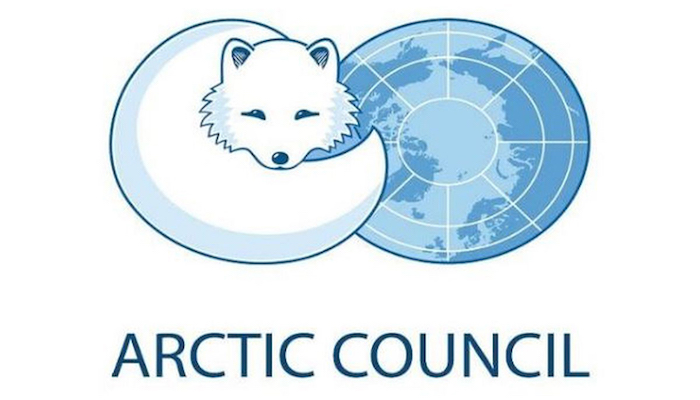
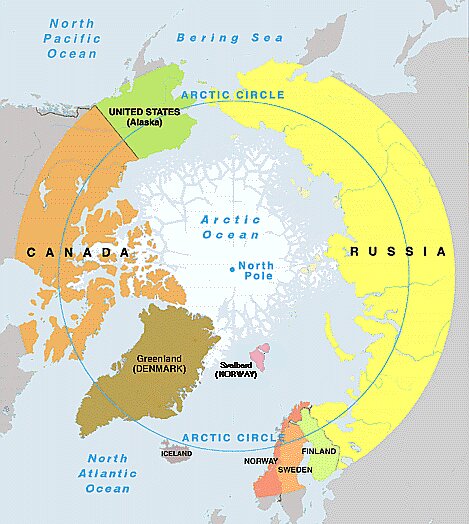
Above image attached of Arctic council members which are highlighted , Finland is one of the member.
- The India was re-elected as observer in 2019 to the Arctic council, India was first granted the observer status to the council in 2013, along with five other nations i.e. China, Japan, South Korea, Singapore and Italy.

Above image attached about Arctic council and its Hq located in Norway, formed in 1996 by Ottawa declaration as shown in the image.
- In becoming an Observer, India had to agree to the following criteria set by the Council as follows
- Recognize the sovereign rights of Arctic states
- Recognize that the Law of the Sea and the U.N. Convention on the Law of the Sea, constitute the legal basis and the legal framework within which the Arctic will be managed
- Respect indigenous peoples, local cultures and traditions and
- Be able to contribute to the work of the Arctic Council.
SDG INVESTOR MAP OF INDIA
Focus: GS 3; Conservation, environmental pollution and degradation, environmental impact assessment.
Why in News?
UNDP and Invest India launch the SDG Investor Map for India
About SDG Investor Map of India
- The report is published by United Nations Development Programme (UNDP) and Invest India.

- The Map will help public and private sector stake-holders direct capital towards Investment Opportunity Areas (IOAs), and White Spaces (Areas of Potential) that can contribute to the nationally determined sustainable development needs of the country.
- The Map has identified 18 Investment Opportunities Areas(IOAs) and 8 White Spaces across 6 Priority Sectors including Education, Healthcare, Agriculture and Allied Services, Financial Services, Renewable Energy and Alternatives, and Sustainable Environment.

Above image of a more detailed 8-step methodology within this 4-level funnel has been developed, including secondary research as well as interviews and consultations with investors, companies, governments and a range of other relevant stakeholders.
- The Global cooperation and collaboration lie at the centre of achieving the SDGs.
- The Investors, enterprises, civil society organizations, international networks and national governments must have collaboratively approach.
- The contribution to the solutions that can help achieve the 17 SDGs and their 169 underlying targets by 2030.
- As we move into the ‘Decade of Action‘, ensuring financing of sectors that are relevant to the SDGs, has never been more urgent.
- The UNCTAD estimated that the SDGs would globally require investments of USD 5 trillion to USD 7 trillion annually as said by World Investment Report.
- Home to almost a fifth of the world’s population , India’s SDG commitments is key to the success of the 2030 global agenda.

Above Image shows the Sustainable Development all 17 Goals by UN (2015 -2030).
AGRICULTURAL and PROCESSED FOOD PRODUCTS EXPORT DEVELOPMENT AUTHORITY (APEDA)
Focus: GS 3; Food processing and related industries in India- scope’ and significance, location, upstream and downstream requirements, supply chain management.
Why in News?
APEDA holds Virtual Buyer Seller Meet with Germany
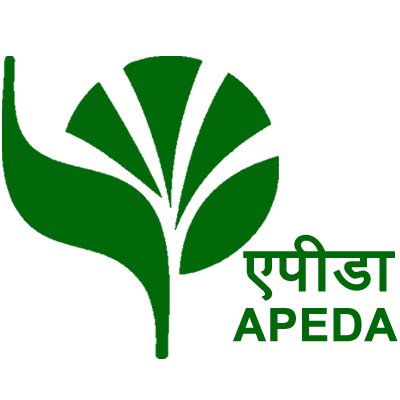
Please click on this Link and read more detailed explanation about APEDA.
NATIONAL AGRICULTURAL COOPERATIVE MARKETING FEDERATION OF INDIA LIMITED (NAFED)
Focus: GS 3 ;Issues related to direct and indirect farm subsidies and minimum support prices; Public Distribution System- objectives, functioning, limitations, revamping; issues of buffer stocks and food security; Technology missions; economics of animal-rearing.
Why in News?
Union Agriculture Minister inaugurates Honey Farmer Producer Organizations by NAFED

About Farmer Producer Organization (FPO)
- It is a Producer Organisation (PO) where the members are farmers.
- The Small Farmers’ Agribusiness Consortium (SFAC) is providing support for the promotion of FPOs.
- The FPOs help in the collectivization of such small, marginal and landless farmers in order to give them the collective strength to deal with such issues.
- The members of the FPO will manage their activities together in the organization to get better access to technology, input, finance and market for faster enhancement of their income.
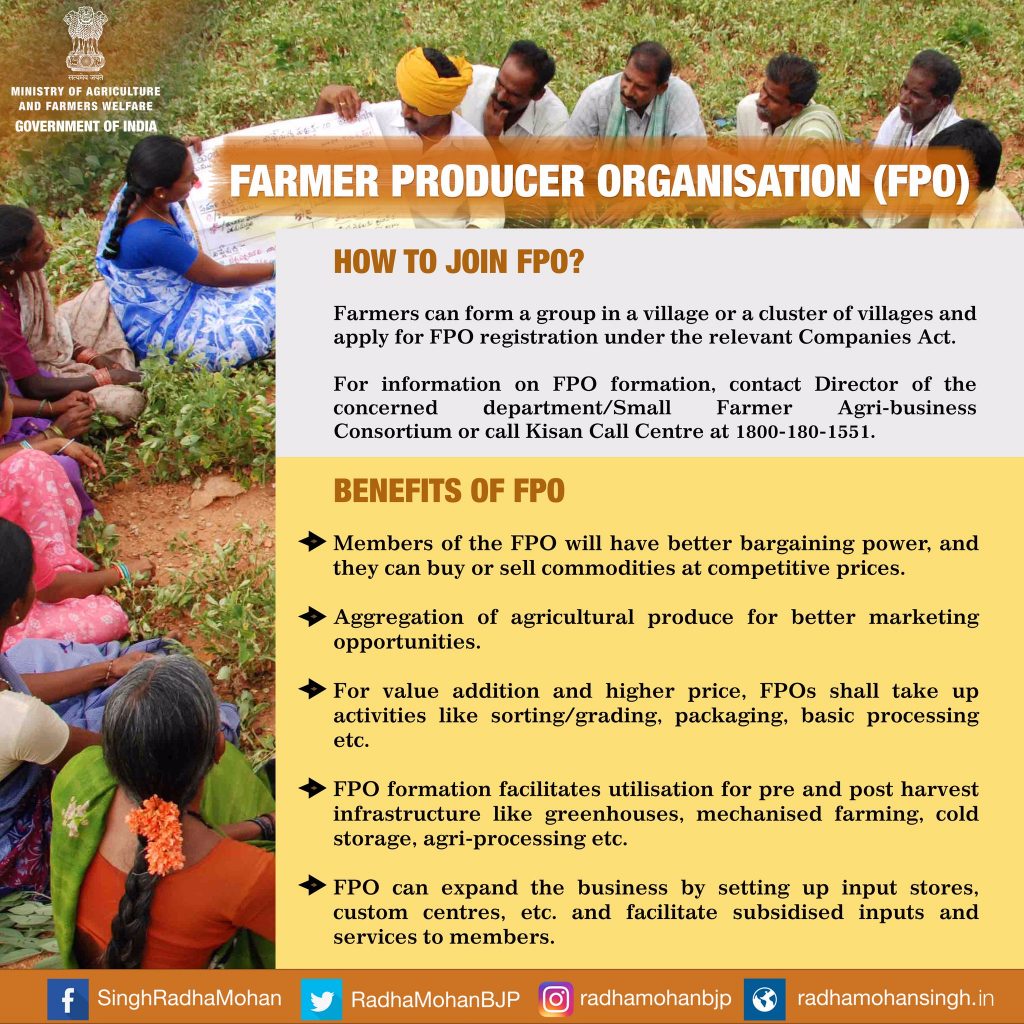
Above attached image related to Farmer Producer Organization (FPO).
Please click on this Link and read more detailed explanation about NAFED.
DRAFT MERCHANT SHIPPING BILL, 2020
Focus: GS 3 ;Indian Economy and issues relating to planning, mobilization, of resources, growth, development and employment.
Why in News?
Ministry of Ports, Shipping and waterways issues Draft Merchant Shipping Bill, 2020 for Public Consultation
About Draft Merchant Shipping Bill 2020
- The Ministry of Shipping has issued the draft of Coastal Shipping Bill, 2020 for suggestions from the stakeholders and general public.

- The bill is in accordance with the Union government’s vision for augmenting people’s participation and transparency in the governance.
- As the shipping sector grows and evolves in the country, a need was felt to have a separate legislation on coastal shipping.
- The new legislation shall consider coastal shipping as an integral part of the transport chain and recognizes the policy priorities of the sector to meet the demands of the Indian shipping industry.
- While drafting this Bill, the global best practices have also been considered.
- The new Bill aims to repeal and replace the Merchant Shipping Act, 1958.
- The envisioned advantages of the Merchant Shipping Bill, 2020 are following:
- Promoting ease of doing business– The Bill does away with requirement of general trading license for Indian vessels
- Embracing digital technology– It enables electronic means of registration, and grants statutory recognition to electronic agreements, records, and log books, in addition to electronic licenses, certificates and payments.
- Increasing tonnage and Vessel as a Tradable Asset-The Bill seeks to increase India’s tonnage by widening the eligibility criteria for ownership of vessels and providing for the registration of bareboat charter cum demise, thereby increasing opportunities for international trade.
- India as a Bankable Shipping Jurisdiction & avoidance of situations leading to wreck -The proposed Bill seeks to introduce for the first-time statutory framework for regulating maritime emergency response against maritime incidents. The provisions seek to provide for time effective implementation of response mechanisms in order to ensure that the same is prevented from becoming a wreck or other catastrophic event.
- Welfare of Indian seafarers on abandoned vessels and safety of abandoned vessels: Provisions for repatriation of abandoned seafarers have been enhanced, in line with the MLC regulations.
- Strengthening adjudication and predictability of claims: In order to strengthen the investigation and adjudication of claims arising out of collision of vessels, assessors may be tasked by the High Courts to present their findings on the degrees of fault of each vessel.
- India as an Active Enforcement Jurisdiction– The Bill incorporates powers of the Director-General to take action against vessels that are unsafe, and pose a threat to safety of life at sea and environment, and includes a procedure for appeal from detention orders.
- The Bill also incorporates provisions that encourage active enforcement of pollution prevention standards and the Central Government has been granted the power to mandate compulsory insurance or such other financial security, for pollution damage.
- The Bill seeks to provide increased opportunities for investment and provide greater impetus to a self-reliant domestic investment climate in the maritime industry.
- The provisions regulating the maritime education, training, certification and the recruitment and placement of seafarers and ease of registration of ships under the Indian flag will give an impetus to the quality and quantity of Indian seafarers.
- Consequently, it will boost employment opportunities for Indian seafarers in the national and international market.
- The benefits will be extended to ancillary sectors connected with the shipping industry in consonance with ‘Atmanirbhar Bharat’ initiatives of the government.
- It has been a priority of Prime Minister Shri Narendra Modi’s government to replace all archaic colonial laws with modern and contemporary International laws with active participation of people to enhance transparency in the governance.
- For the same, Ministry of Ports, Shipping and Waterways recently issued two draft Bills for public consultation, namely ‘Aids to Navigation Bill 2020’ and ‘Coastal Shipping Bill 2020’ and now this historical ‘Draft Merchant Shipping Bill 2020’is being issued, within a short span of time of four months. Moreover, Major Port Authorities Bill 2020 is also under consideration of Rajya Sabha, which has been already passed by Lok Sabha in the last Parliament session. All these Bills are going to generate sweeping waves in the maritime scenario moving India towards a fully developed maritime economy.





